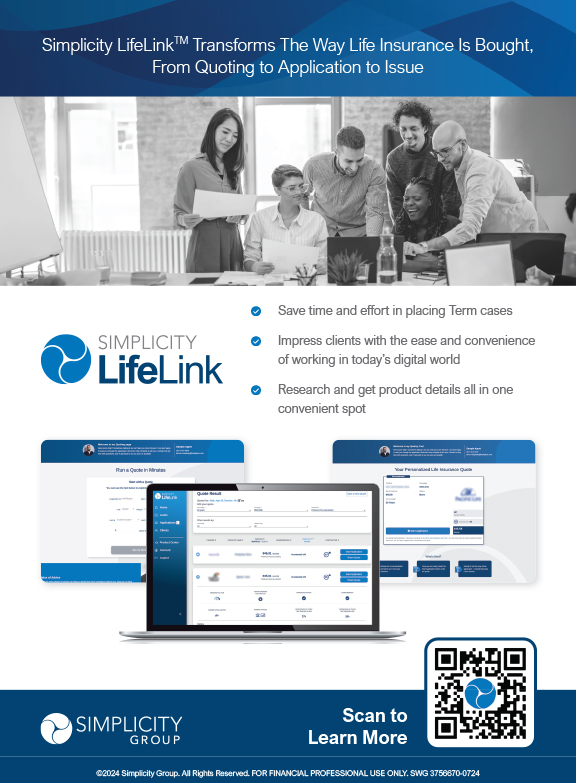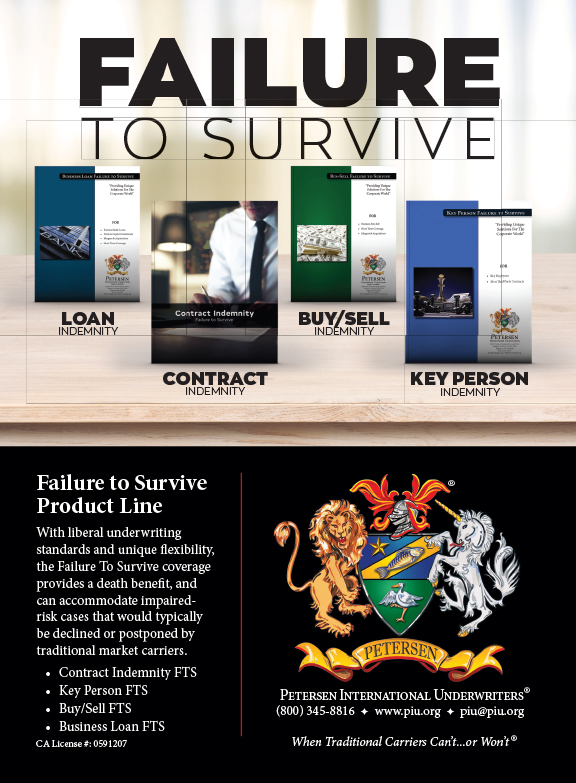In my finance classes growing up I was taught the benefits of diversification in my retirement assets. My basic high school understanding was that you need diversity in your portfolio with multiple stocks, bonds and mutual funds so that you can manage the different types of risks that go along with investing. What I did not learn at that time was that there is a product out there that fits perfectly with the most common retirement vehicles. The product that is perfect for retirement diversification is fixed indexed universal life insurance (IUL). There are three retirement unknowns that IUL can help manage. Those three retirement unknowns are the uncertainty of when you’re going to pass away, market volatility and future tax rates.
How long will my retirement be?
We will start with the biggest unknown we have in life which is not knowing when we will pass away. The death benefit that goes along with life insurance is obviously the reason that most people purchase life insurance in the first place. Since we don’t know if we’re going to pass away in the first year of retirement, or the 30th year, it is always nice to know that there will be a benefit there for our beneficiary as long as the life insurance contract is still active. However, there is one caveat for IULs that are properly structured for retirement income. In a properly structured IUL policy we are using the premium to purchase the lowest amount of death benefit possible. I’ll show an example so we can see how this works. In this example we have a client that is 45 years old and can pay a $10,000 premium each year into an IUL until age 65. This illustration was run at a modest six percent, and at age 65 we are expecting $28,682 of retirement income.1 As you can see from the summary in Table 1, even though we are minimizing the amount of life insurance, there is still a very significant benefit-between $300,000 and $550,000 from ages 55 to 95-that can be used either for your surviving spouse in retirement or for legacy planning.
Let’s look at a scenario where the client passes away too soon-at age 65. If both the husband and wife had significant work history, you would assume that both would have a significant Social Security benefit as well. If they both had a Social Security benefit of $2,000 a month, they would estimate that they would receive about $48,000 a year of inflation adjusted income annually. The issue, however, is if one of them passes away that number gets reduced by half for the rest of the survivor’s life. It becomes likely in this scenario that the death benefit, in our example, an extra $558,033 at age 65, will be the difference between the survivor having enough money in retirement or running out of money. I also ran a hypothetical scenario where the survivor had $750,000 of retirement assets and needed $80,000 of annual retirement income, and the conclusion was that the survivor would run out of money at age 84 without that life insurance benefit and would only have their lone Social Security benefit left for income.2
When will the market have its next significant decrease?
The second reason IUL can be a perfect product for retirement diversification is to hedge against market volatility. The current popular strategy to hedge against this retirement risk is to have a percentage of your portfolio be in bonds, maybe something like a 70 percent stock and 30 percent bond split if you’re nearing retirement. The two issues with this are that you are still likely to have a significant loss when there is a market crash, and you are not maximizing your returns when the market rebounds-unless you have learned how to time the market.
Many clients think of the bond portion of their fund as risk free. However, there is still the risk of losing money, as well as other risks, especially in this rising interest rate environment. With IUL we know that when the market does go down we will have a floor on the index return, commonly zero percent. This means that if there is another 2008 scenario you can have a zero percent return when the market tanks, and hit a cap on returns as the market rebounds (a common IUL cap of the S&P 500 is currently around 12 percent, although there are many different index allocations with varying caps and strategies).
Let’s look at how a client may be able to use the mix of market exposed products in conjunction with an IUL. There is market risk at any time in retirement, however the risk is highest at the beginning of retirement as you begin to take income. If there is a market downturn at the beginning of a client’s retirement it would significantly decrease the chance that they will have enough money in retirement. The good news is, with an IUL you can hedge against this risk. If there were a market crash you can simply increase the income from the IUL for a period of time, since the IUL has the floor of zero percent and won’t take the significant decrease. At the same time you can wait to take income from your market exposed accounts until the market has rebounded.
What are the future of tax rates?
The third way an IUL can be a suitable product for retirement diversification is that it can help with tax risk. Although it seems like taxes are currently high, the current tax rates are below historical averages. With the national debt nearing $20 trillion, the signs are pointing to taxes going up in the future. Although we don’t know future tax rates, it’s always good to have some strategy since this is a future unknown retirement variable.
One of the most popular retirement vehicles is a tax-deferred account, such as a 401k, where the taxes are paid at distribution. It is not uncommon to find a soon-to-be-retiree whose only retirement vehicles are their tax-deferred 401k and their Social Security benefit, or someone who follows the 80-120 rule when it is time to look into 401k audits. There are a few issues with this. Let’s assume our example couple from before has their $48,000 from Social Security and would like $100,000 in total income-so they take a withdrawal of $52,000 from their 401k. I’ll use a 25 percent marginal tax bracket for easier calculations. On the $52,000 withdrawal they would only receive $39,000 and would pay $13,000 in taxes. This is already a bad start, but it gets worse. Since the 401k withdrawal counts as “Provisional Income” (half the value of the Social Security income plus other taxable income) $8,300 of the $48,000 of Social Security income will be taxed and they’ll only receive $39,700 of that income.3 This means in total they received $78,700 of income instead of the $100,000 they thought they were receiving.
Now we’ll look at that same example with an IUL involved. The clients still have the $48,000 from Social Security, but now they also have $28,682 of income that is tax free from the loan in an IUL. Now the clients only need to take $23,318 from their 401k to seemingly get this same $100,000 income. With the lower 401k distribution we have lowered their tax rate. I’ll use their new marginal tax rate as 20 percent, but currently it would be even lower than that. With this tax rate, they are paying $4,663 in taxes and are receiving $18,654 as income. What about the taxation of the Social Security benefits? We now estimate that they owe $1,764 in taxes on the Social Security income, which means they are able to keep $46,236 and their total income is $93,572-or $14,872 more income each year that they use this strategy. I realize that my calculation above is a little unfair since I’m using after tax dollars in the IUL premiums while the 401k is tax-deferred in this example. We were, however, able to drastically reduce the amount of taxes paid out of the Social Security benefit and increase the amount of after tax income.
As we’ve seen from these examples, IUL can be an integral piece of your client’s retirement diversification because it can help with longevity risk, tax risk, market risk and overall product diversification. Having the ability to use the different strengths of common retirement products and the IUL at the correct time can help manage the risks of retirement and keep your client prepared for the unknown.
References:
- Illustration is an Allianz Life Pro+ Fixed Index Universal Life Insurance Policy illustration.
- In this hypothetical scenario I assumed a 6% return on investments and a 1.5% cost of living adjustment and inflation on Social Security and necessary income.
- You can view how Social Security benefits are taxed at this link – https://www.lifepro.com/MyLifePro/Financial-Calculators/Social-Security/SSI-Tax-Calculator


























